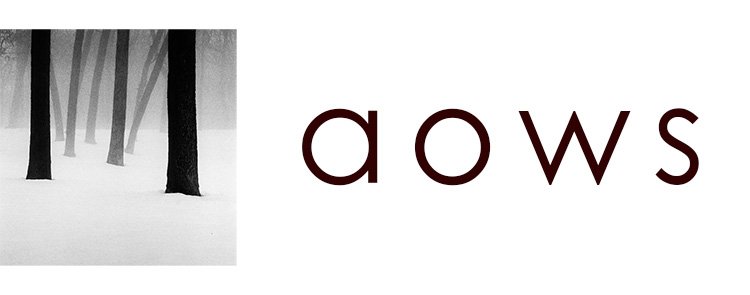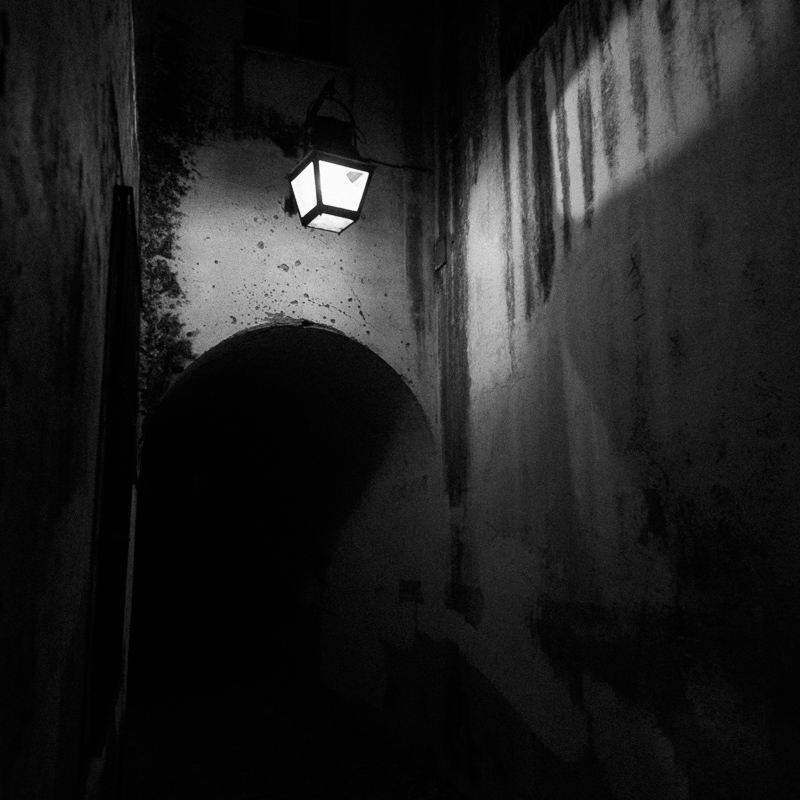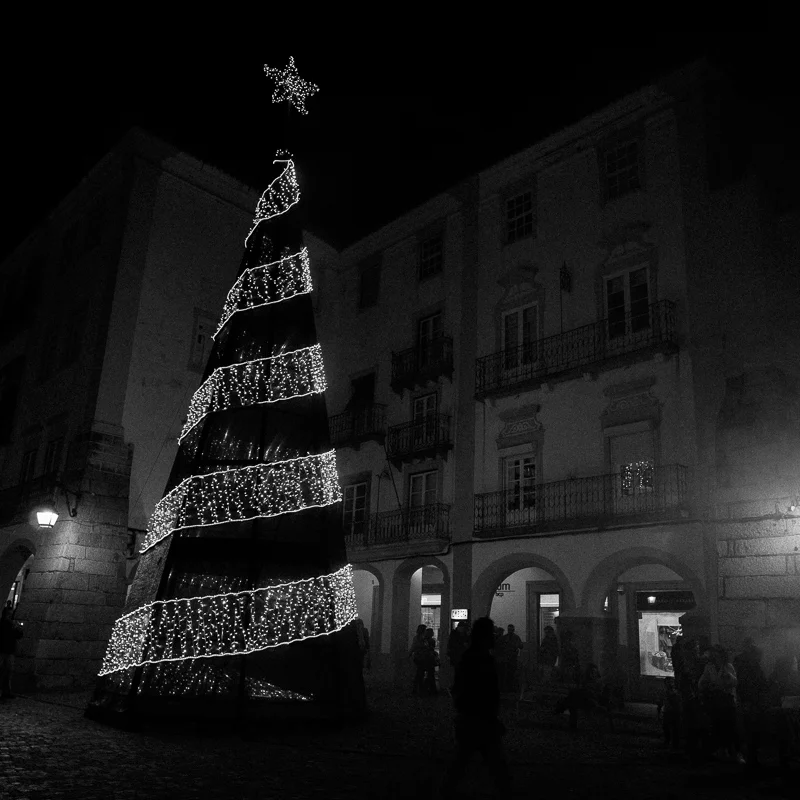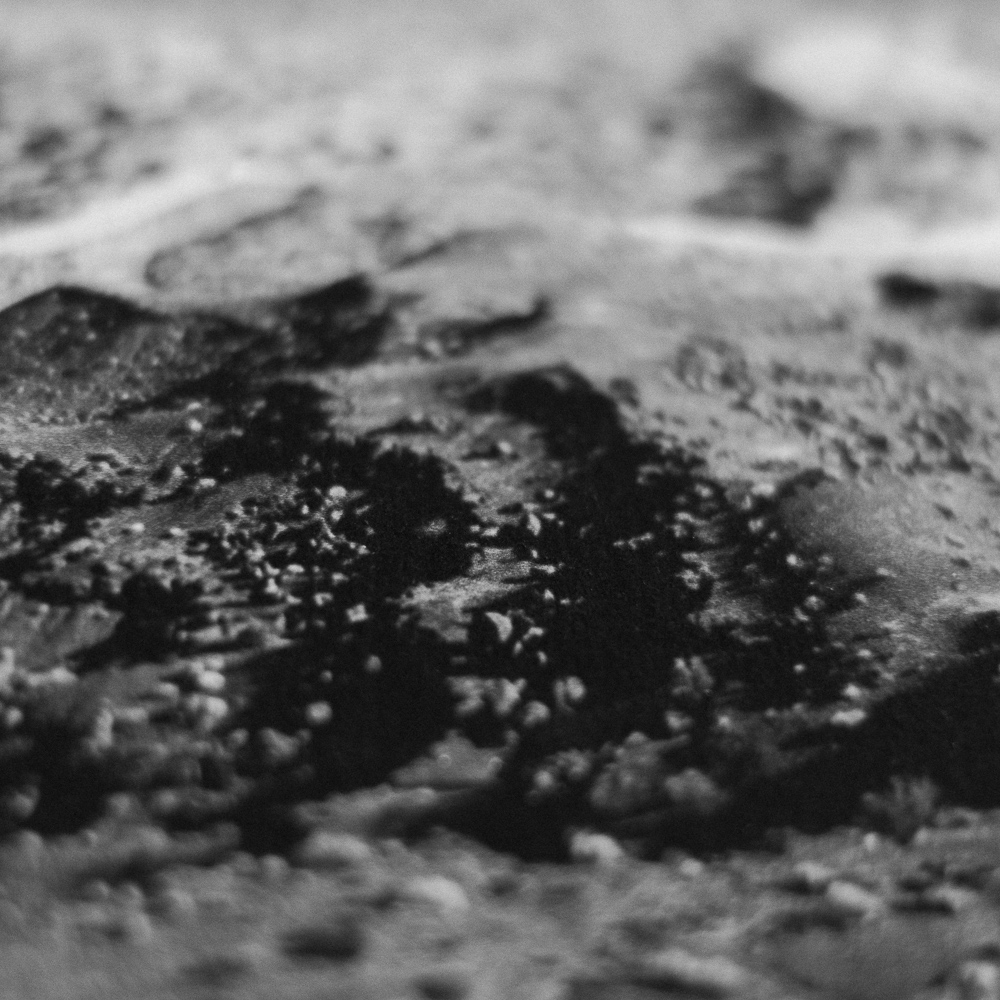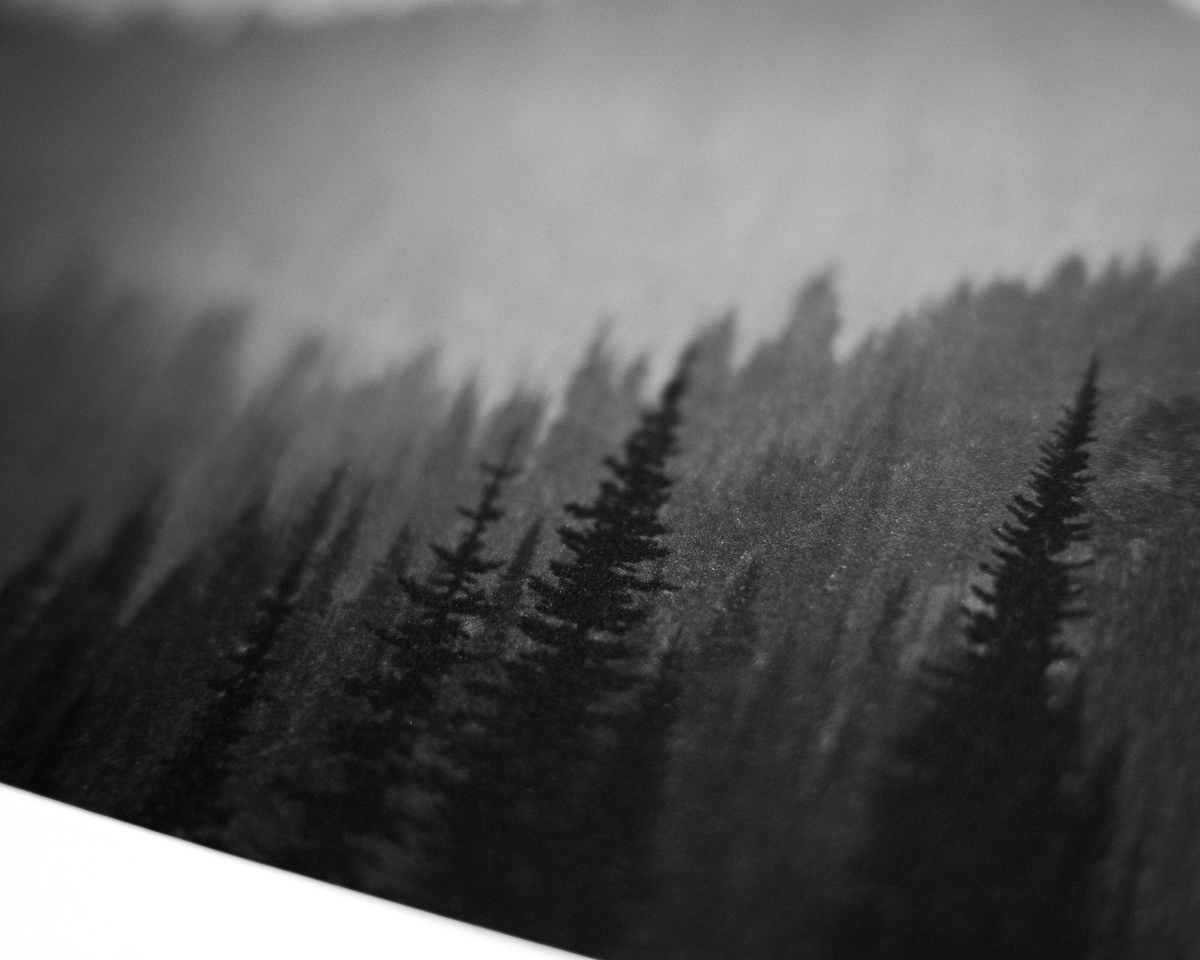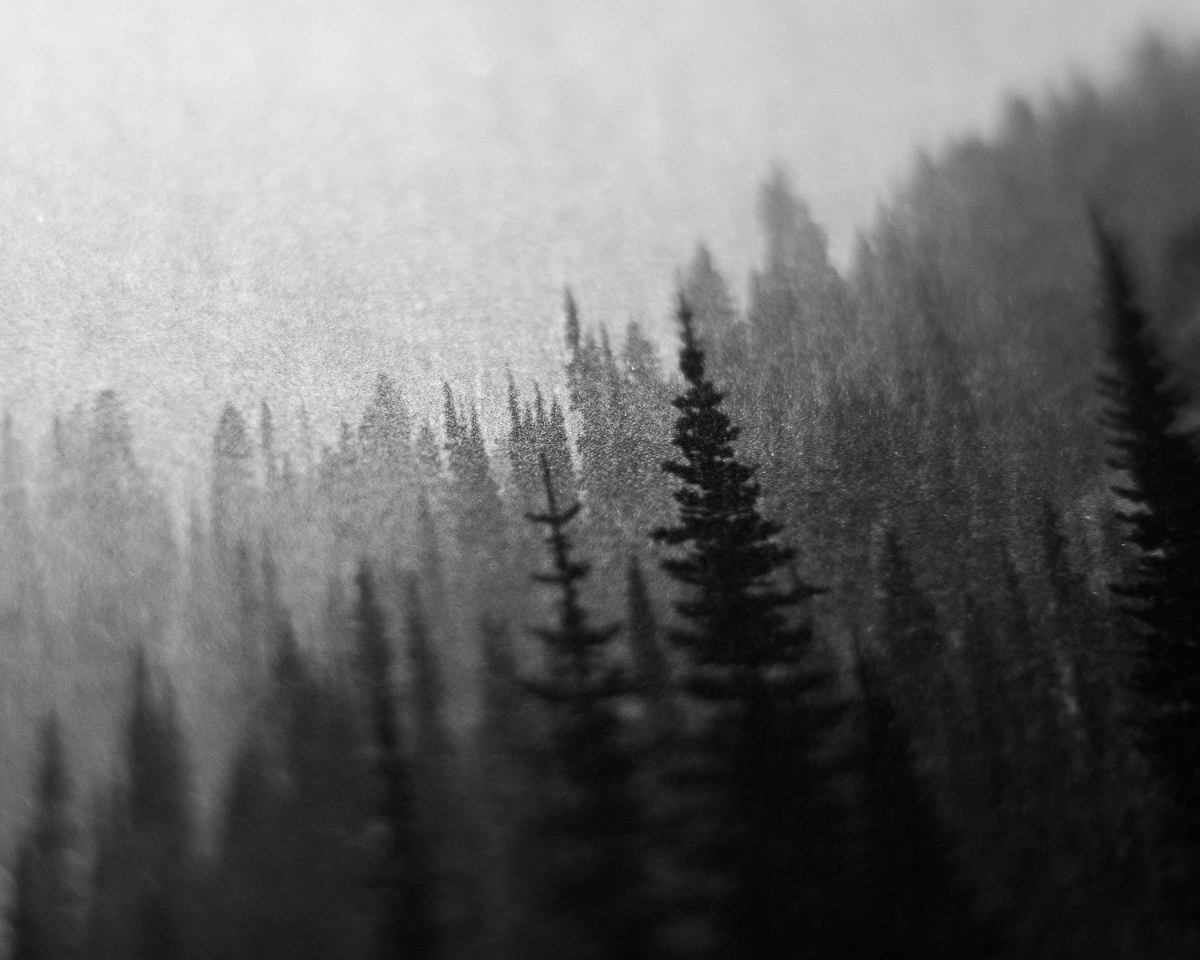A while ago, I had a "terrible" realization: everything I had done in life as a software developer was already gone or will be gone in the next few years. Apps have been taken down, websites have been closed.
The exception might be a few lines of code, here and there. They will survive as long as someone else keeps them alive.
The fate of all the side projects I've worked on over the years (hundreds upon hundreds of hours of work) is already sealed, though: they are all gone.
Even as a photographer, if I stop paying the bills this website would be shut down, and all online platforms will eventually go away and / or delete my images.
Your life's work gone, just like that.
The day I realized about this was the day I sold my first physical copy of "Went West", my first book. At that moment, my website and online platforms stopped being the only places where my work lived. There are 40+ copies of that book all around the world, and since then, I've also shipped several prints of some of my images.
I know they too will vanish, eventually. Some might have already been thrown away, or put away. Most will follow at some point.
My hope is for just a few that will survive and outlast me, if someone finds them to bring some joy. A legacy of sorts.
While I appreciate the immediacy of the web and the convenience of online platforms, I'm aiming to create more physical work this year and to put it in hands of more people.
